Of course, I knew it was audacious to say out loud that I was writing a book. What if the project fizzled or I never found a publisher? But barely a year after returning to UT to start a journalism/editing career, I was determined to give it a shot. It might work out, and if not at least I would have the material for a 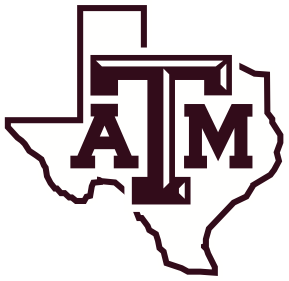 substantial magazine article. I had two things in my favor: (1) enthusiasm and (2) a good topic. The title, “Breaking the Ice / Racial Integration of Southwest Conference Football,” was inspired. The muse must have come to me and spoken.
substantial magazine article. I had two things in my favor: (1) enthusiasm and (2) a good topic. The title, “Breaking the Ice / Racial Integration of Southwest Conference Football,” was inspired. The muse must have come to me and spoken.
Meeting Levi in Houston
My fervor for this subject might seem puzzling since I was raised in a segregated part of Dallas, and my parents were not exactly avatars of enlightenment. But I knew the Jerry LeVias story fairly well. He had been the first black player in the conference during the 1966, 1967 and 1968 seasons with the 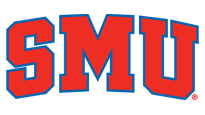 hometown SMU Mustangs. (I dreamed of matriculating on the Hilltop until I realized it was a rich kids’ school and instead traveled downstate to Austin.) LeVias, a short but speedy receiver/kick returner out of Beaumont, set the SWC on fire those three years. It was immediately and abundantly clear to anybody with eyes to see that the era of mono-cultural football was over. And hallelujah for that, since coaches like Jess Neely of Rice, Darrell Royal of Texas and Frank Broyles of Arkansas were more interested in maintaining the racial status quo than winning games—not to
hometown SMU Mustangs. (I dreamed of matriculating on the Hilltop until I realized it was a rich kids’ school and instead traveled downstate to Austin.) LeVias, a short but speedy receiver/kick returner out of Beaumont, set the SWC on fire those three years. It was immediately and abundantly clear to anybody with eyes to see that the era of mono-cultural football was over. And hallelujah for that, since coaches like Jess Neely of Rice, Darrell Royal of Texas and Frank Broyles of Arkansas were more interested in maintaining the racial status quo than winning games—not to  mention fairness or social justice. Don’t get me started on Jim Crow football coaches!
mention fairness or social justice. Don’t get me started on Jim Crow football coaches!
It was in early 1984 when I told my then-GF, Mary Lou Price, of my plans to write Breaking the Ice. She was actually quite patient, listening to me go on and on about the progress being made. I used horse-and-buggy technology much of the time, pounding out notes and letters on my electric typewriter. Slowly it took shape. There would be six chapters. The introduction, “Before the Thaw,” touched on the first black college football players (William Lewis and William Jackson of Amherst in 1889) and gave an overview of segregated football in Texas and throughout the South. The second was about Warren McVea of the University of Houston. Wondrous Warren merited a chapter because he was one year ahead of LeVias and UH was soon to join the conference. The third was about running back John Westbrook of Baylor. He and LeVias were the same age, but the differences were stark. Westbrook  boldly and courageously walked on with the Bears but saw little playing time. Still, he was tangible proof that things were a-changing. Chapter 4 was about LeVias (“Great One,” I still call him) with the Ponies and his coach, Hayden Fry. Now this Fry was a man, a manly man. During his interviews with the SMU president and athletic director, he agreed to take the job on the condition that he could soon integrate the football program. The year was 1962, for God’s sake! Chapter 5 was about my alma mater. I pulled no punches when it came to the orange and white. Beyond doubt the dominant member of the Southwest Conference, UT should have led the process but it was the caboose on the train, if you will. I acknowledge that the pressures on Royal to go slow were immense, and yet the decision was always his. Royal, I indicated, should have and could have, but he chose to dither. There was always an excuse. His failure to act is a stain on his legacy, and that’s the truth. Offensive lineman/tight end Julius Whittier was the Longhorns’ first black varsity player. The concluding chapter summarized the careers of receiver
boldly and courageously walked on with the Bears but saw little playing time. Still, he was tangible proof that things were a-changing. Chapter 4 was about LeVias (“Great One,” I still call him) with the Ponies and his coach, Hayden Fry. Now this Fry was a man, a manly man. During his interviews with the SMU president and athletic director, he agreed to take the job on the condition that he could soon integrate the football program. The year was 1962, for God’s sake! Chapter 5 was about my alma mater. I pulled no punches when it came to the orange and white. Beyond doubt the dominant member of the Southwest Conference, UT should have led the process but it was the caboose on the train, if you will. I acknowledge that the pressures on Royal to go slow were immense, and yet the decision was always his. Royal, I indicated, should have and could have, but he chose to dither. There was always an excuse. His failure to act is a stain on his legacy, and that’s the truth. Offensive lineman/tight end Julius Whittier was the Longhorns’ first black varsity player. The concluding chapter summarized the careers of receiver 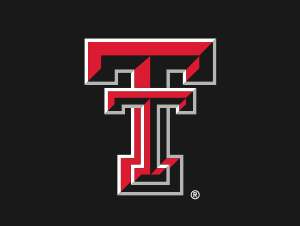 Sammy Williams of Texas A&M, receiver Linzy Cole of TCU, running back Danny Hardaway of Texas Tech, defensive back Mike Tyler, linebacker Rodrigo Barnes and quarterback/running back Stahle Vincent of Rice, and running back/kick returner Jon Richardson of Arkansas—who made integrated football a reality at their respective schools.
Sammy Williams of Texas A&M, receiver Linzy Cole of TCU, running back Danny Hardaway of Texas Tech, defensive back Mike Tyler, linebacker Rodrigo Barnes and quarterback/running back Stahle Vincent of Rice, and running back/kick returner Jon Richardson of Arkansas—who made integrated football a reality at their respective schools.
The back matter included “A Cast of Characters,” “Interviews and Personal Communications,” “Selected Bibliography” and an index.
To find a publisher
In the summer of 1986, Warren Burkett, my UT journalism mentor, allowed me to register for a special projects course. It consisted of nothing more than me sitting in the journalism lab and typing my  manuscript into an electronic format. (He gave me an A.) Note how drastically the technology has changed. It took a long time, but I found a publisher—McFarland of Jefferson, North Carolina. Exactly 1,000 copies of this 182-page tome were printed. I was disappointed that there was no dust jacket, just a brown cloth cover with gold embossing. It was given ISBN number 0-089950-295-4. Did we get a single review? It’s been so long, I just do not remember.
manuscript into an electronic format. (He gave me an A.) Note how drastically the technology has changed. It took a long time, but I found a publisher—McFarland of Jefferson, North Carolina. Exactly 1,000 copies of this 182-page tome were printed. I was disappointed that there was no dust jacket, just a brown cloth cover with gold embossing. It was given ISBN number 0-089950-295-4. Did we get a single review? It’s been so long, I just do not remember.
I was immensely proud to have gone from mere idea to publication, and still feel the same in light of the circumstances under which I worked. Many times Breaking the Ice has been quoted in newspaper and magazine articles, and cited in books. However, it was not perfect. For one thing, I am far more versant 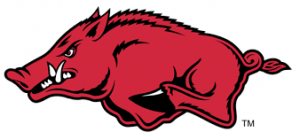 on the subject of racial integration of college sports now than I was in the 1980s. There were two major failings. I did not know about—and thus obviously left out any reference to—the “Johnny Bright incident.” This should have been background material in Chapter 1. Bright, African-American and an outstanding quarterback at Drake University, was mauled by an Oklahoma A&M defender of European descent during a game in Stillwater in the 1951 season. The second grievous omission pertains to receiver/kick returner Darrell Brown of the University of Arkansas. He tried out for the Razorbacks’ freshman team in 1965, the same time LeVias got to SMU and Westbrook to Baylor. Brown, subjected to brutal treatment by teammates and coaches, never made it to the varsity.
on the subject of racial integration of college sports now than I was in the 1980s. There were two major failings. I did not know about—and thus obviously left out any reference to—the “Johnny Bright incident.” This should have been background material in Chapter 1. Bright, African-American and an outstanding quarterback at Drake University, was mauled by an Oklahoma A&M defender of European descent during a game in Stillwater in the 1951 season. The second grievous omission pertains to receiver/kick returner Darrell Brown of the University of Arkansas. He tried out for the Razorbacks’ freshman team in 1965, the same time LeVias got to SMU and Westbrook to Baylor. Brown, subjected to brutal treatment by teammates and coaches, never made it to the varsity.
House fire in Hyde Park
I also have to confess that I was still a bit unpolished as a journalist then. I was young and had yet to find my “voice.” Sometimes, oftentimes, I was writing as I thought I should, rather than saying what I wanted  to say in my own way. There are a few spots in Breaking the Ice that, quite frankly, make me cringe. Nevertheless, I can find sections that are spendidly written, where information is conveyed in a clear and lyrical manner. In the intervening years, I have read a lot, written a lot and more significantly lived a lot. It should be no surprise that my skills have improved. I compare it to playing a piano. Even if you are not musically inclined, with sustained effort you will become proficient at hitting those 88 keys.
to say in my own way. There are a few spots in Breaking the Ice that, quite frankly, make me cringe. Nevertheless, I can find sections that are spendidly written, where information is conveyed in a clear and lyrical manner. In the intervening years, I have read a lot, written a lot and more significantly lived a lot. It should be no surprise that my skills have improved. I compare it to playing a piano. Even if you are not musically inclined, with sustained effort you will become proficient at hitting those 88 keys.
The book is long since out of print, and the royalties I earned were barely enough to pay for the second Benz I had parked under the carport of my rented home in Austin’s Hyde Park district. Oh, yes, 4310 Avenue G. I was supposed to have a book  publication party there, but plans were interrupted on a cold night in November 1987 when the house burned. Fortunately, a fire station was just around the corner. While the conflagration was put out in a couple of hours, most everything I owned was burned, singed or waterlogged.
publication party there, but plans were interrupted on a cold night in November 1987 when the house burned. Fortunately, a fire station was just around the corner. While the conflagration was put out in a couple of hours, most everything I owned was burned, singed or waterlogged.
As for the SWC, little did we know at the time but it was in the process of self-destruction. Recruiting scandals and slush funds brought NCAA probation to UT, Texas A&M, Houston, Texas Tech, TCU and SMU. The latter, of course, got the death penalty in 1987, not returning to competition until 1989. Arkansas left for the Southeastern Conference the next year, and the end came in 1995 with the formation of the Big 12 by which the Longhorns, Aggies, Red Raiders and Bears joined what had been the Big 8.

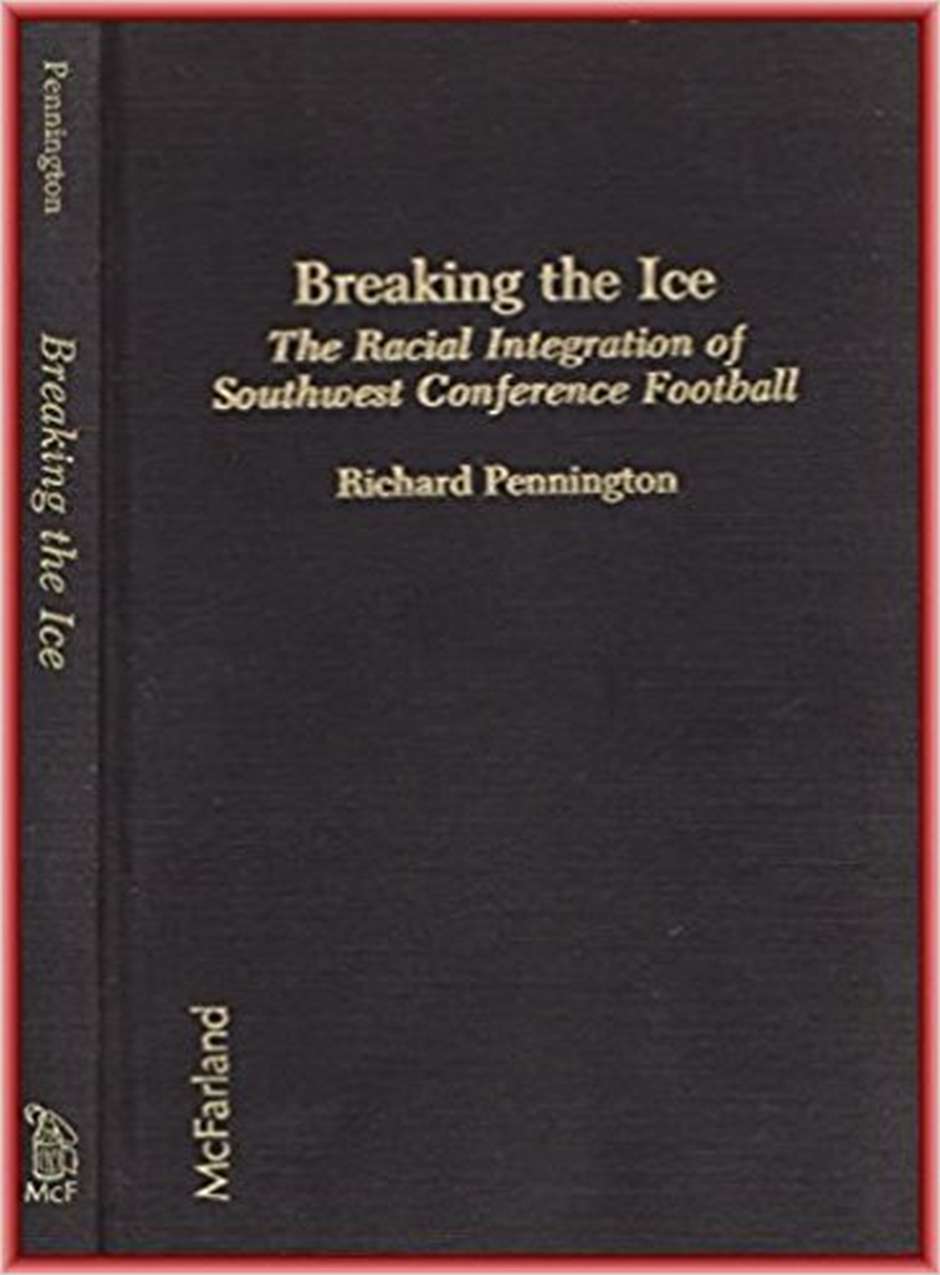
Add Comment